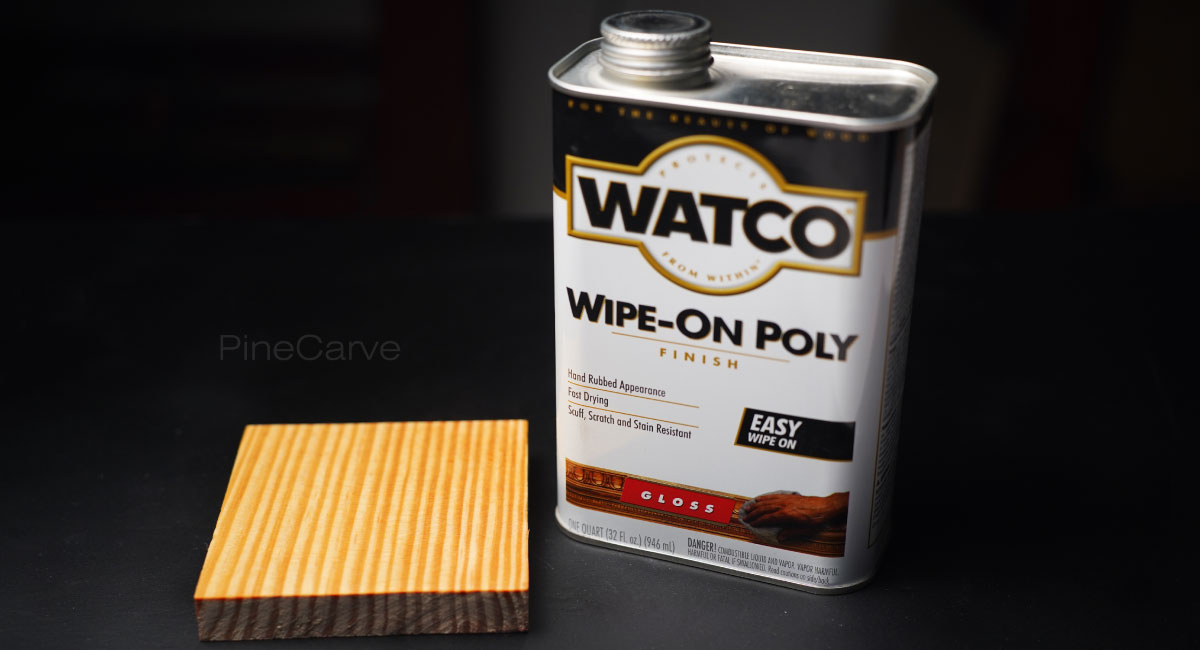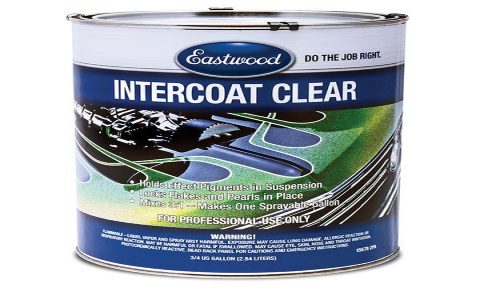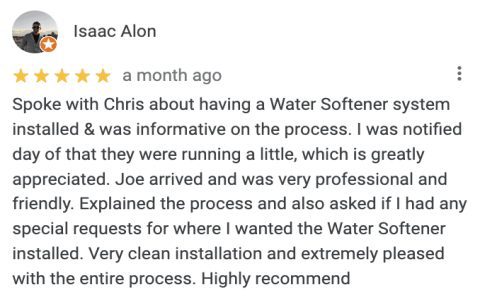Urethane drying times vary significantly based on the product type (e.g., water-based vs. oil-based), environmental conditions (temperature, humidity, airflow), and the thickness of the application. Always consult the manufacturer's specific instructions on the product label for the most accurate guidance.
General Drying Stages:
- Dry to Touch: The surface is no longer tacky. This does not mean it's ready for use or recoating.
- Recoat Time: The window during which an additional coat can be applied successfully. Applying too soon or too late can cause adhesion problems.
- Light Use: The surface can withstand light traffic or gentle handling.
- Full Cure: The urethane has reached its maximum hardness, durability, and chemical resistance. This is the longest phase.
Water-Based Urethane
Water-based urethanes typically dry faster than oil-based counterparts.

- Dry to Touch: Usually 30 minutes to 2 hours.
- Recoat Time: Generally 2 to 4 hours. Some quick-dry formulas may allow recoating sooner.
- Light Use: Often possible within 24 hours (e.g., walking in socks).
- Full Cure: Typically takes 3 to 7 days. However, for maximum hardness and resistance, some products may require up to 30 days. Avoid placing heavy furniture or rugs until fully cured.
Oil-Based Urethane
Oil-based urethanes have a longer drying and curing process due to solvent evaporation and oxidative curing.
- Dry to Touch: Generally 2 to 4 hours, but can be up to 8 hours.
- Recoat Time: Typically 4 to 12 hours. Many professionals prefer waiting 12 to 24 hours, especially in cooler or more humid conditions.
- Light Use: Usually safe after 24 to 48 hours for light foot traffic.
- Full Cure: Can take from 7 to 30 days. Factors like temperature and humidity heavily influence this. Good ventilation is crucial.
Key Factors Affecting Drying Time:
- Temperature: Ideal application temperatures are usually between 70-80°F (21-27°C). Lower temperatures significantly slow down the chemical drying process.
- Humidity: High humidity (above 70%) will prolong drying times, especially for water-based products as water evaporation is hindered. For oil-based urethanes, very low humidity can sometimes slow the cure, while moderate humidity can be beneficial.
- Ventilation/Airflow: Good air circulation helps solvents (in oil-based) and water (in water-based) evaporate more quickly, speeding up the initial drying stages.
- Application Thickness: Thin, even coats dry and cure more effectively and quickly than thick coats. Thick coats can lead to a soft, gummy finish that takes much longer to cure, if it ever cures properly.
Important Note: Even if urethane feels dry to the touch, it is critical to wait for the recommended cure time before subjecting the surface to heavy use, cleaning with liquids, or placing items like area rugs. Premature use can compromise the integrity and appearance of the finish.










